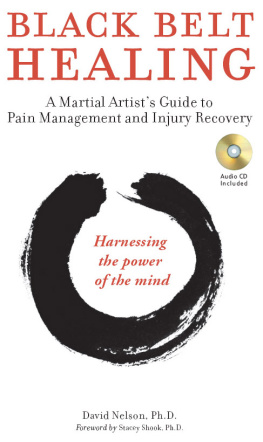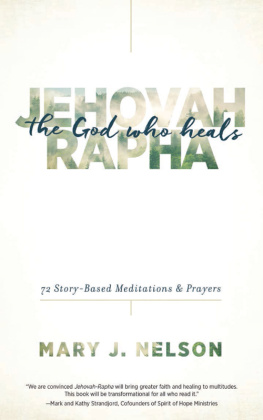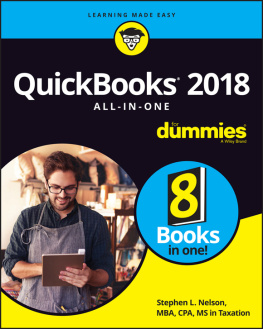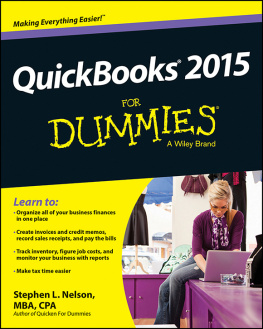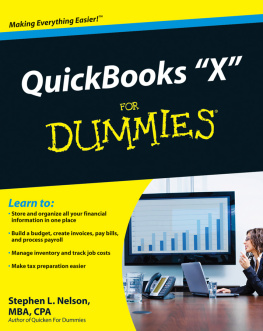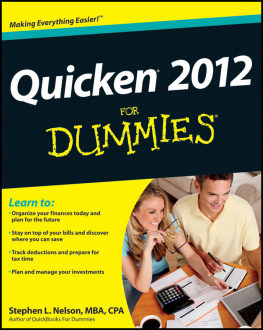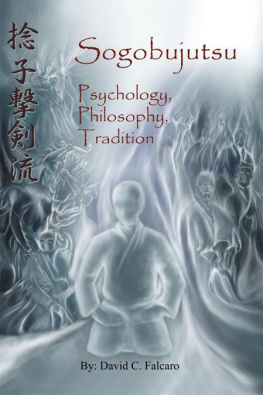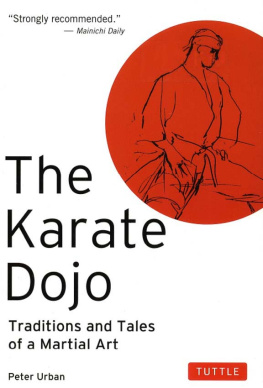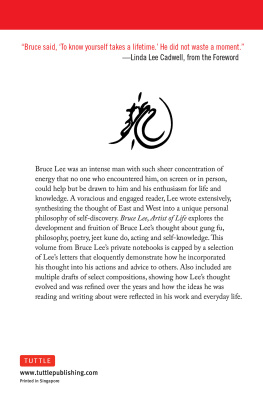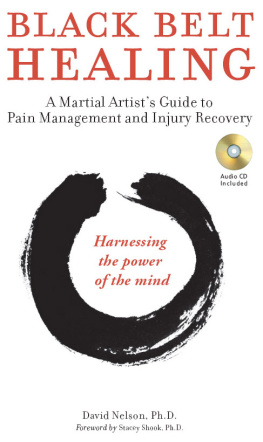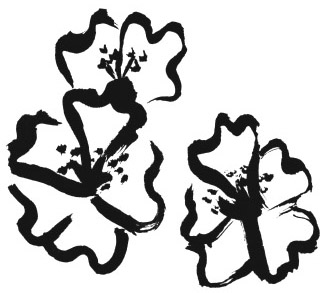Acknowledgements
I wish to express my sincere appreciation to my wife, Jean, for her patience while I lived with a computer on my lap. I would also like to acknowledge and express appreciation to my daughter, Hannah, for the wonderful illustrations contained in this book. Also to:
Bob and Paula Nelson for their early editing of the book.
Master Stacey Shook for writing the foreword.
Jen and Dan Lutsey for their encouraging words.
Sandra Korinchak and Bud Sperry of Tuttle Publishing for their wonderful editing.
Shihan Paul Dean and Reverend Nonin Chowaney for their teachings and unending patience.
Appendix
A: Keeping it Legal
If you decide to help others manage their pain, and charge a fee, it is important that you, the hypnotist, adhere strictly to non-medical educational language and terminology. Refrain from any diagnostic or prescriptive references that could be misconstrued as practicing medicine. The following information came from the Clayton College of Natural Health in the first chapter I ever read. Th is information is important for all of us who use Healing methods.
- You will want to use educational language which is always informative and empowering. It involves clearly increasing the clients knowledge regarding health, hypnosis and how the mind and body works. In that way, it empowers the client to make decisions and take greater responsibility about daily lifestyle and health choices for his or her own body, life, and health concerns.
- Diagnostic language includes any statement that sounds as though the hypnotherapist is telling the client what his/her problem or health issue might be.
- Prescriptive language is any information that the practitioner may offer that tells the client what to do (take Vitamin C) or how to do it, how often (three times per day), how much or what to do to cure the client.
Example: A client reports: My knee hurts. It has been hurting every once in a while ever since I injured it doing some heavy bag work in the dojo. I am tired of pain killers. What else can I do?
A diagnostic response would be: You probably tore the medial meniscus. Or, Arthritis could be setting in.
A prescriptive response would be: Listen to this CD three times a day and this will decrease the swelling in our knee and the pain will subside.
An educational response would be: Some of my other clients have reported that by listening to this pain management CD they have reduced their swelling in their joints and have decreased their pain.
If a client presents with a formal diagnosis from a medical professional still avoid prescriptive or diagnostic statements. It is imperative that you use educational language throughout your sessions as well as having all of your forms, notes, and materials in an educational format. This will keep you out of trouble on both legal and ethical arenas.
It is not illegal to inform and educate about good health and behavior change, yet the interpretation of how the information is conveyed can make the difference between being viewed by some as practicing medicine without a license or not. Educating and empowering the client is the ultimate goal of the hypnotherapist. Practice with a high level of professionalism and competency.
B: The Truth about Certification
If you wish to become certified in Mind-Swords Hypnosis, visit my web-site at www.blackbelthealing.com for information on my individualized mentorship/certification process.
The certification process is simple and based on a personalized mentorship model, similar to the uchi deshi model in martial arts. You will be trained in Hypnosis three major areas of expertisePain Management, Weight Loss, and Smoking Cessation.
Whether you are a white belt in the use of hypnosis or already have an extensive background, feel free to contact me to set up your personalized program.
But before you choose to become certified I want you to be aware of certification and all that it holds. As a teacher of the martial arts I believe it is best to be open and honest about the nature of certification in hypnosis and hypnotherapy.
As you may or may not be aware of, presently there is NO form of federal regulation for hypnotherapy professionals. Plus, there are very few state and local regulations or laws governing the practice of hypnotherapy in the United States. It is important to check with your state and local government regarding the laws or regulation in operating a hypnotherapy practice.
It is also important to make sure that whoever certifies you is legitimate. There are many scam artists on the Internet who will certify you by just sending them a check. It is like getting a professional degree or martial rank via a diploma mill. This will come back and haunt you. Please be careful.
People that I certify will have the confidence knowing they have undergone professional training and are ready and able to be known as Black Belt Healers. Your clients will thank you as well.
C: Resources and Recommended Reading
If you are like me you love to read. Here are some of the books that have influenced my thought and perspectives of the world. I hope you enjoy them as well.
Aitken, Robert. The Gateless Barrier. San Francisco: North Point Press, 1990.
Brazier, David. Zen Therapy. New York: John Wiley and Sons, 1995.
Chodron, Pema. The Wisdom of No Escape. Boston: Shambhala Publications, 1991.
Chowaney, Nonin. Nebraska Zen Center Sutra Book . Omaha, NE: Nebraska Zen Center, 1992.
Funakoshi, Gichin. Karate-do Nyumon: The Master Introductory Text. Trans: by John Terausto. Tokyo: Kodansha International, 1988
Kabat-Zinn, Jon. Full Catastrophe Living . New York: Bantam Doubleday Dell Publishing, 1990
Katagiri, Dainin. Returning to Silence. Boston: Shambhala Publications, 1988.
LeCron, Leslie. Self-Hypnotism: The Techniques and Its Use in Daily Living. Englewood Cliffs, NJ: Pearson Ptr, 1964.
Reps, Paul. Zen Flesh , Zen Bones . Rutland, VT: Tuttle Publishing, 1985
Study Guide. Keeping It Legal. Birmingham, AL: Clayton College of Natural Health, 2000.
Suzuki, Shunryu. Zen Mind, Beginners Mind. New York: Weatherhill, Inc. 1970
When you meet someone attained in the Tao
on the road, do not make your greeting with words
or with silence.
How will you make your greeting?
CHAPTER 1
The Paradox of Pain
Imagine for a moment what it would be like if you could earn a Black Belt without pain? It wouldnt be so special now would it? As you are aware, the path to a black belt is paved with pain. Pain is the relentless sensei who gives you no rest, no slack, no mercy, no escape. Pain is the dojo-mate who breaks your ribs and bloodies your nose. Pain is the sore back and shoulder you receive from being slam-dunked into the matover and over. I am sure you will agree with me, if you want to master your art, you must look deeply into yourself, and come to grips with your pain.
Most of us easily handle the usual and expected pain of training. Typically, this type of pain subsides within a brief period of time. A little aspirin, ointment, or the Chinese healing liniment, Dit Da Jow, along with some rest, and you are up and back in the dojo within days or a few weeks. But what about the pain that lingers?
What about the pain that stays with you months after the insult or injury has subsided and you are now feeling edgy and frustrated? What about the pain that causes you to lose sleep, not for days, but for weeks on end? What about the nagging pain the martial artist has after decades of practice? In these pages you will learn how to manage this type of pain.

